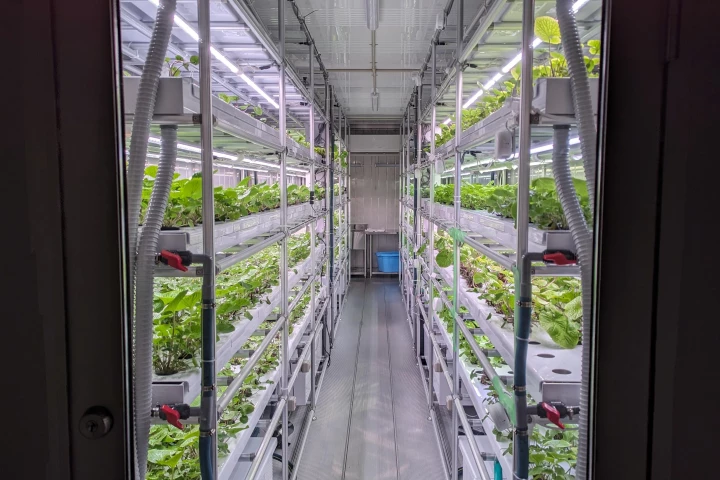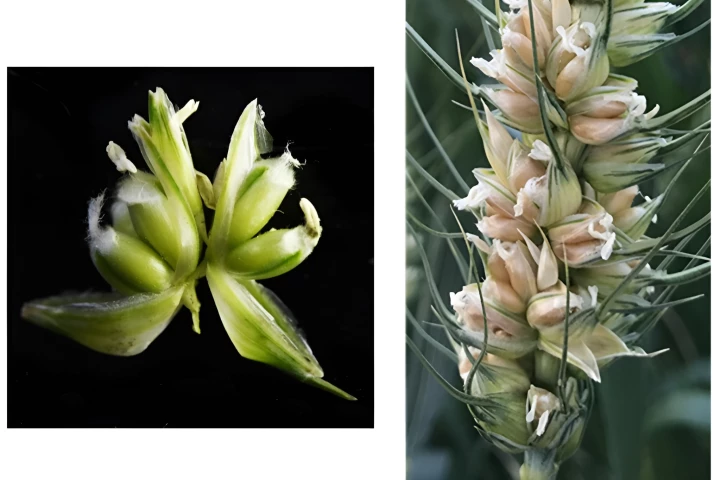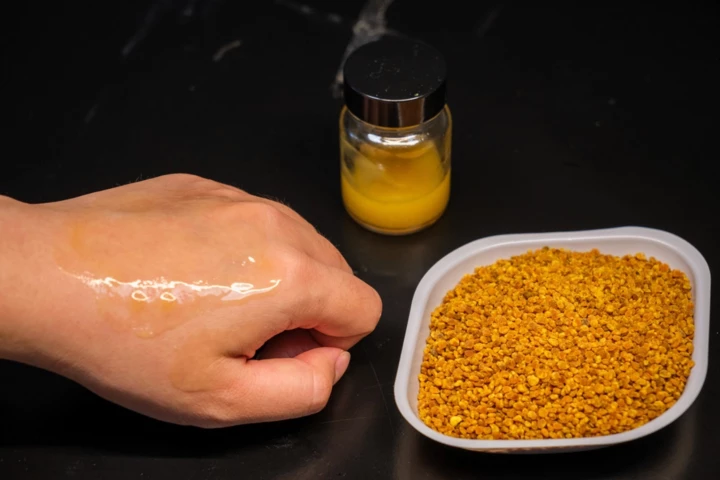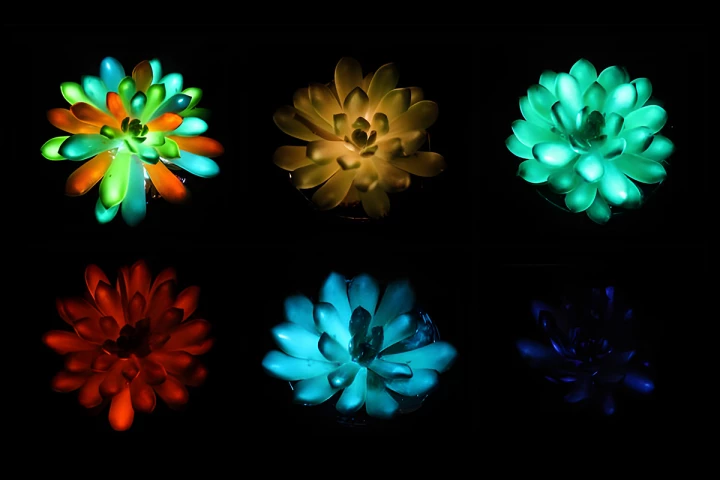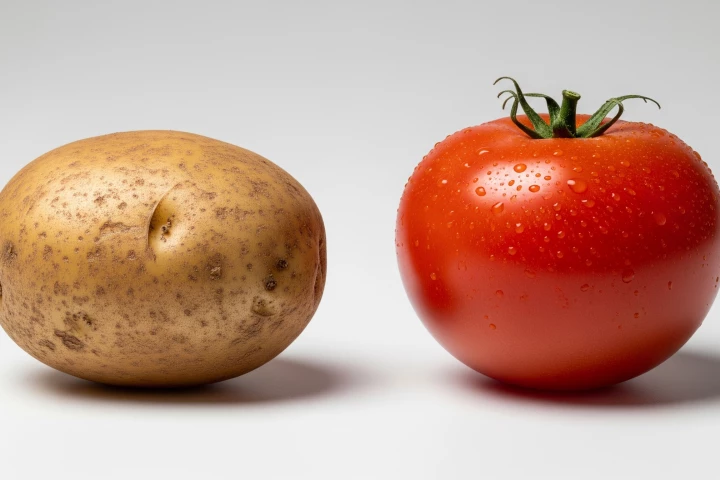Plants
-
Japanese agri-tech company Nextage has developed a mobile wasabi growing module that automates cultivation. The device reportedly allows anyone to grow their own crops without the limitations of geography or lack of experience.
-
There's an old saying that everything in Australia wants to eat you – and this apparently includes plants. Now scientists have made a special find, stumbling across a massive community of a rare meat-eaters living closer to humans than ever before.
-
New evidence shows that Neanderthals, early Homo sapiens and even earlier hominins were using, processing and eating starches, grass seeds, nuts, fruits, sedges and tubers long before the supposed "Broad Spectrum Revolution" diet shift took place.
-
Rare earth elements that are crucial for producing tech products, from EVs to phones, require destructive mining to get them out of the ground. Scientists in China might have just found another source for them that's easier to reach: ferns.
-
Harsh, eco-unfriendly synthetic herbicides are definitely one of those things that you shouldn't be using if you don't have to. Japanese researchers are thus now developing a green alternative, derived from the leaves of a humble walnut tree.
-
Imagine if three times as much grain could be obtained from the same amount of wheat plants as is currently possible, using the same amount of land, water and fertilizer. Well, that could soon be possible, thanks to a new genetic discovery.
-
Minerals like titanium dioxide are effective sunscreen ingredients, but they can harm coral reefs if used in their non-nanoparticle form. An experimental new sunscreen forgoes the minerals altogether, replacing them with "just-as-effective" pollen.
-
Wouldn't it be great if the plants in your home could do more than just sit there looking pretty? Researchers in China have found a way to upgrade succulents into soft glowing night lights in a range of hues, with the use of nanoparticles.
-
Tracing the potato’s deep ancestry, researchers have revealed a surprising origin story: modern potatoes emerged from natural interbreeding between tomato relatives and a wild-potato-like species about nine million years ago.
-
For years, we’ve admired plants for their ability to cleanse the air but our green ally might be contributing to air pollution in an unexpected way. While they may be just trying to fend off pests, this mechanism is also harming the environment.
-
The evolutionary ladder is meant to be climbed one rung at a time with an organism shedding some traits and gaining others on the way up. However, in a very surprising twist, some tomatoes on the Galapagos islands are inching back down the ladder.
-
A new study published in the journal Evolution is challenging the prevailing belief that evolution is a one-way process. The findings suggest some species of fern can evolve backward, reverting to a more primitive form when the environment demands it.
Load More
